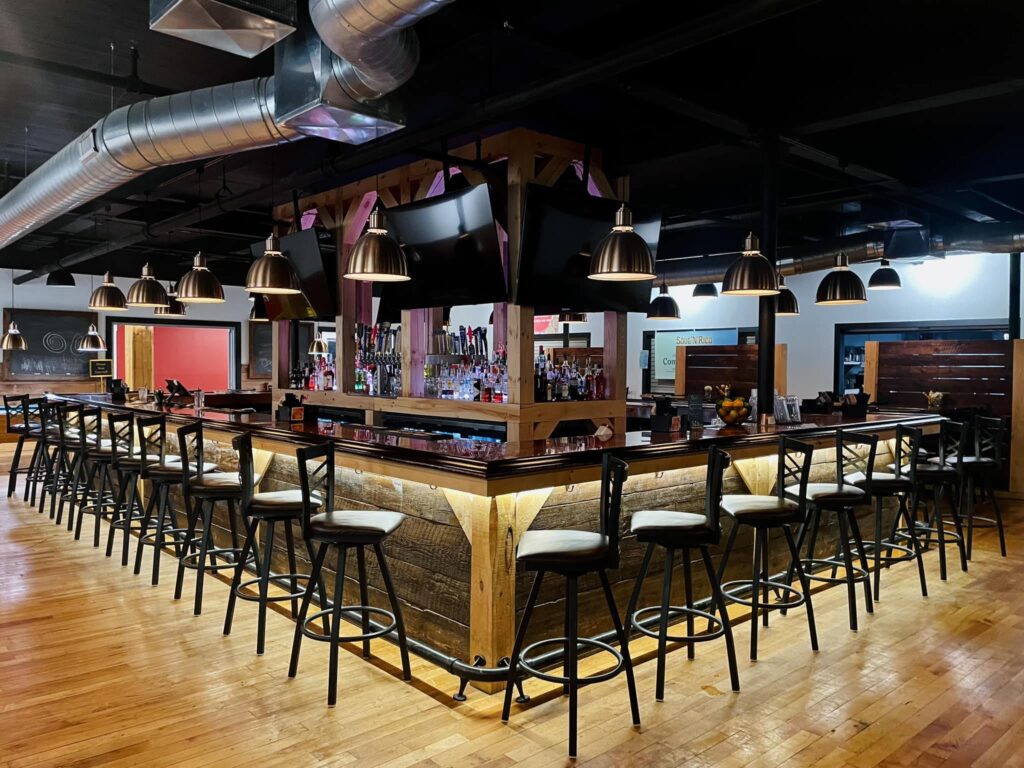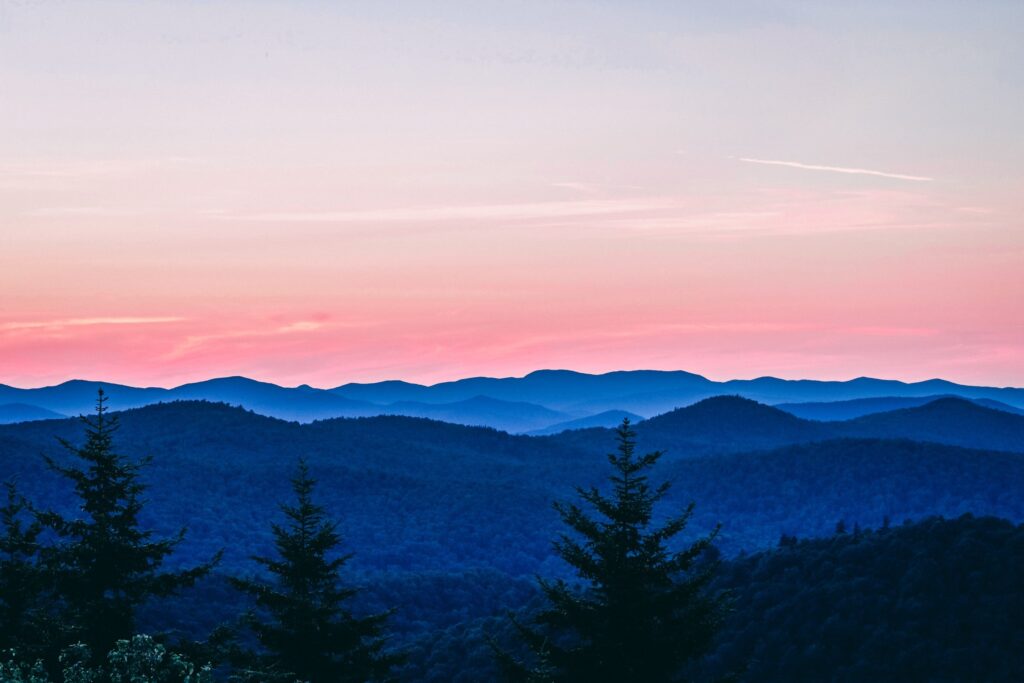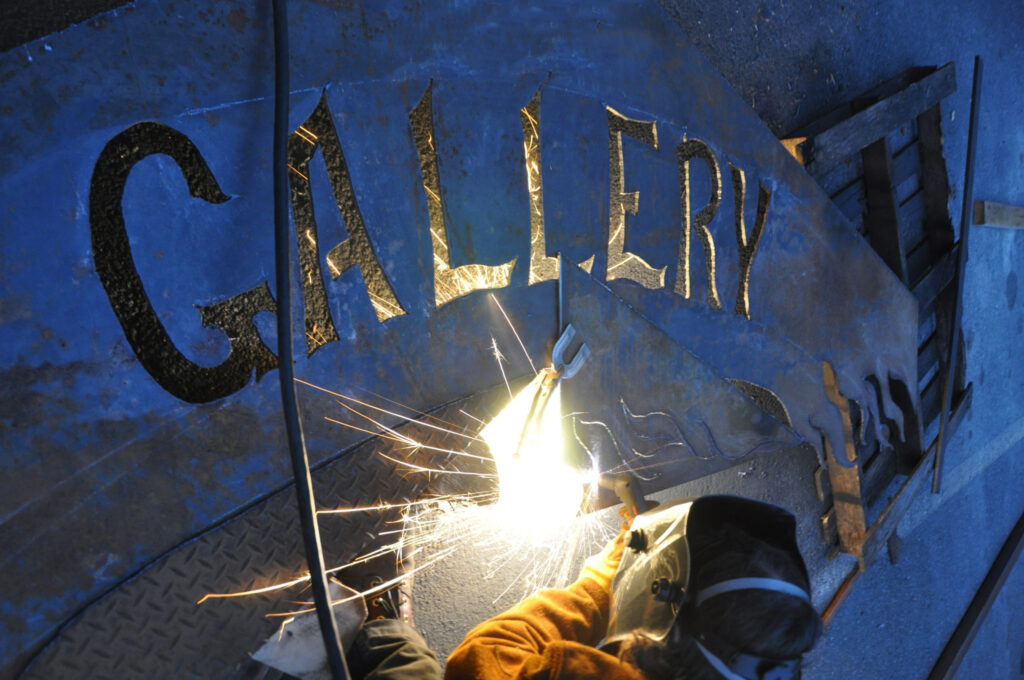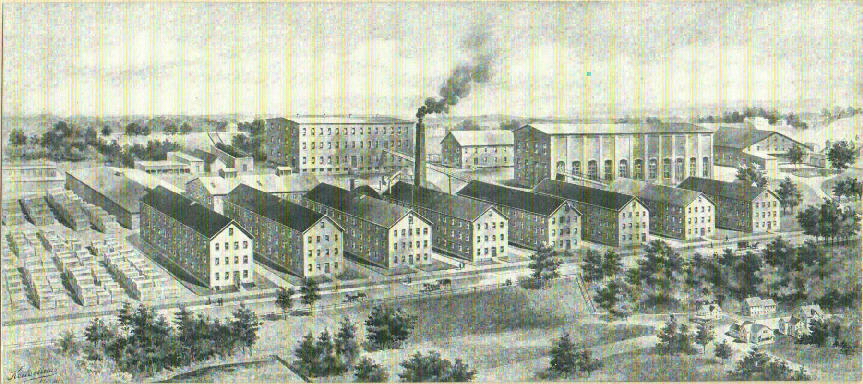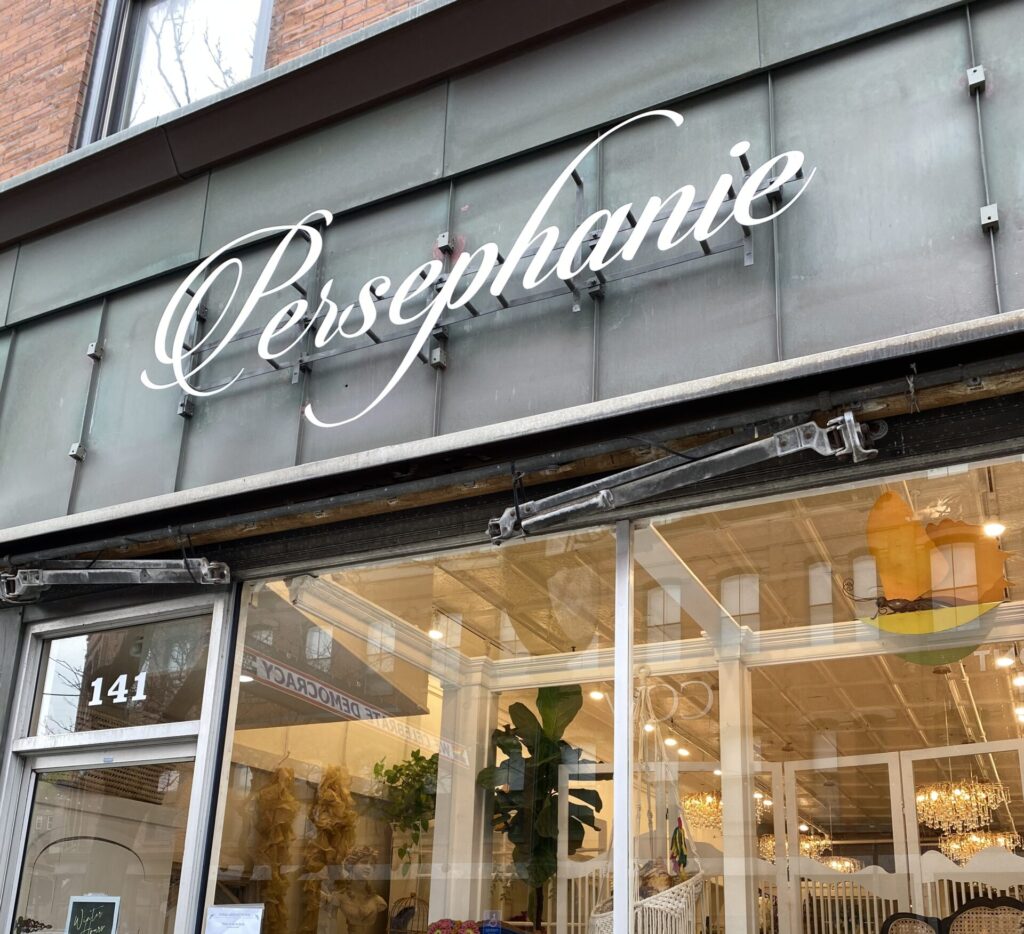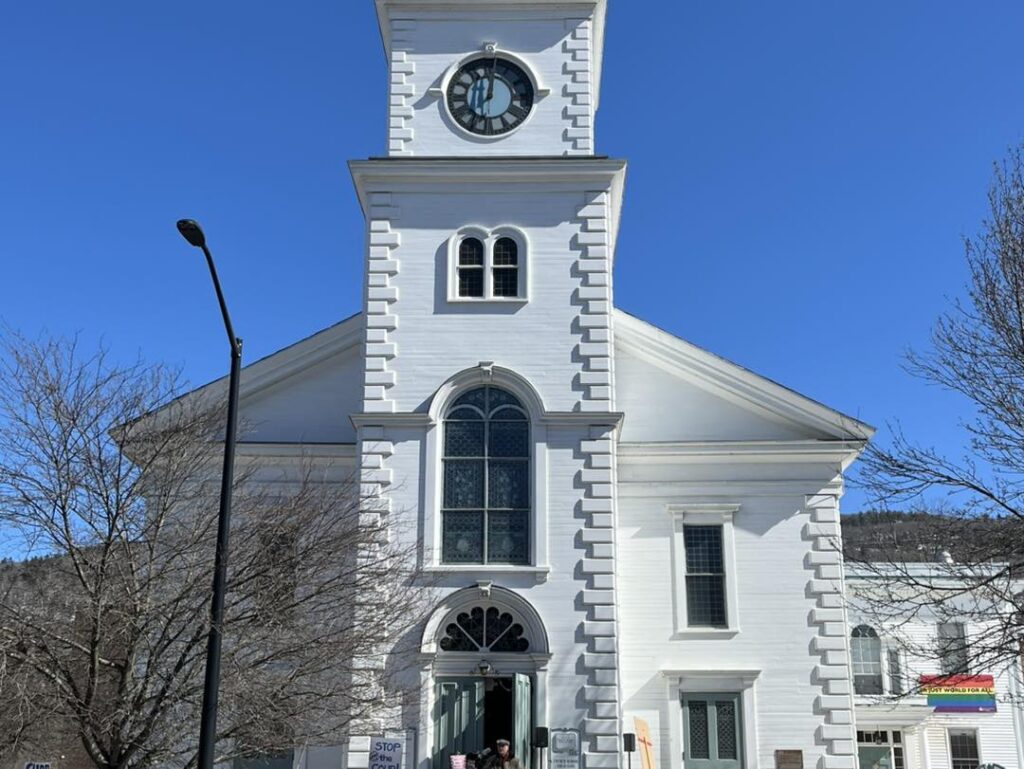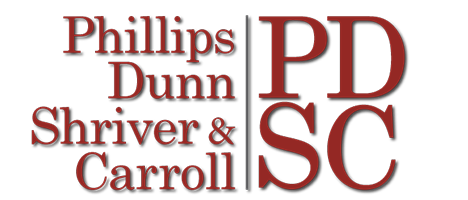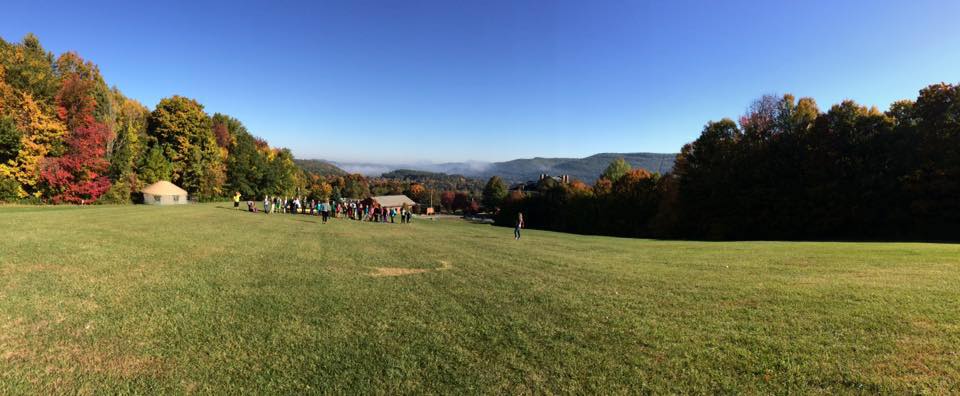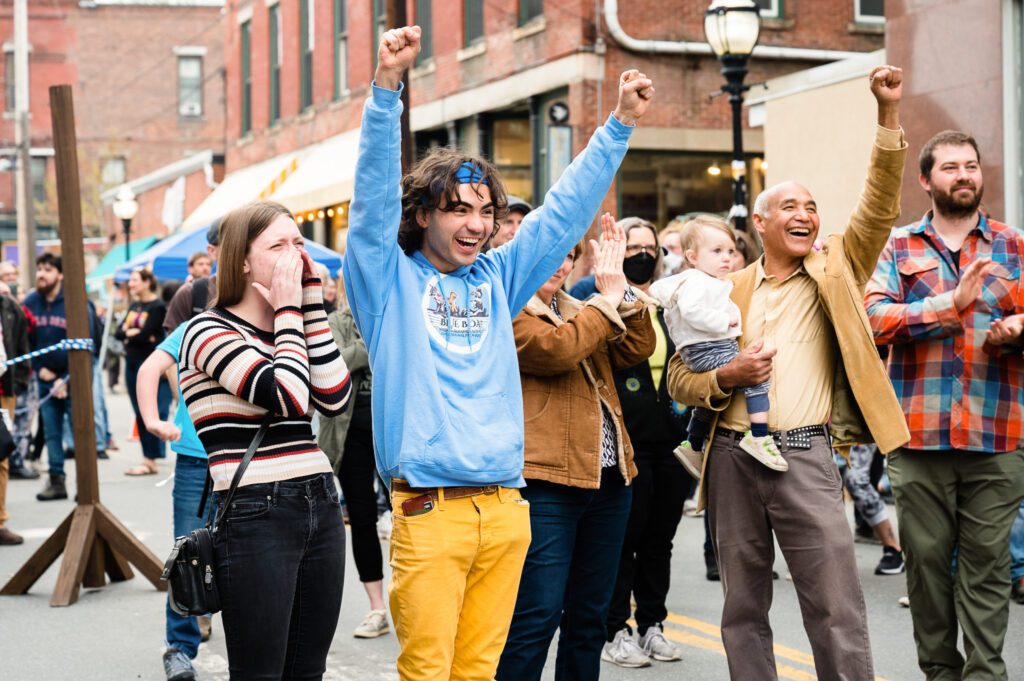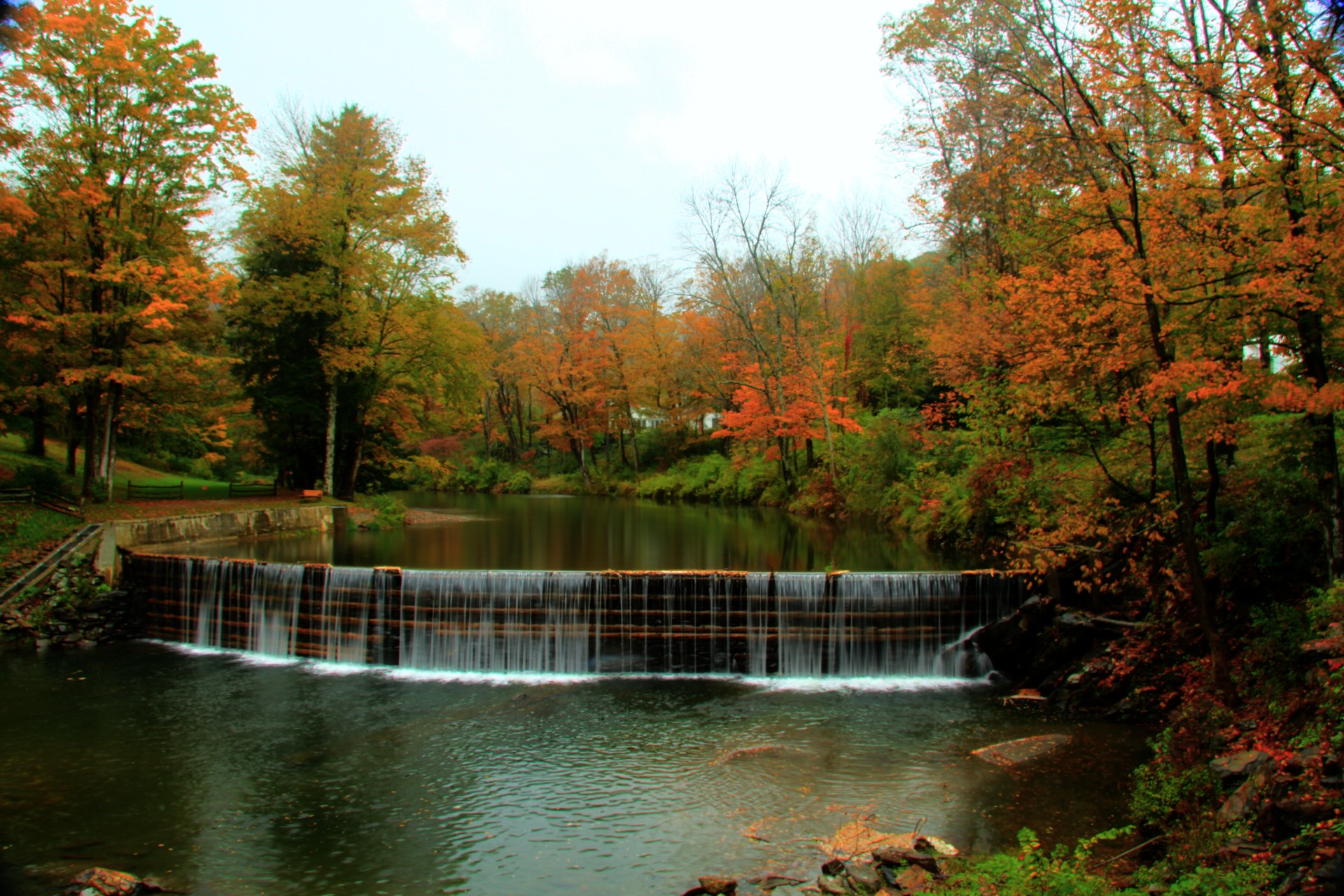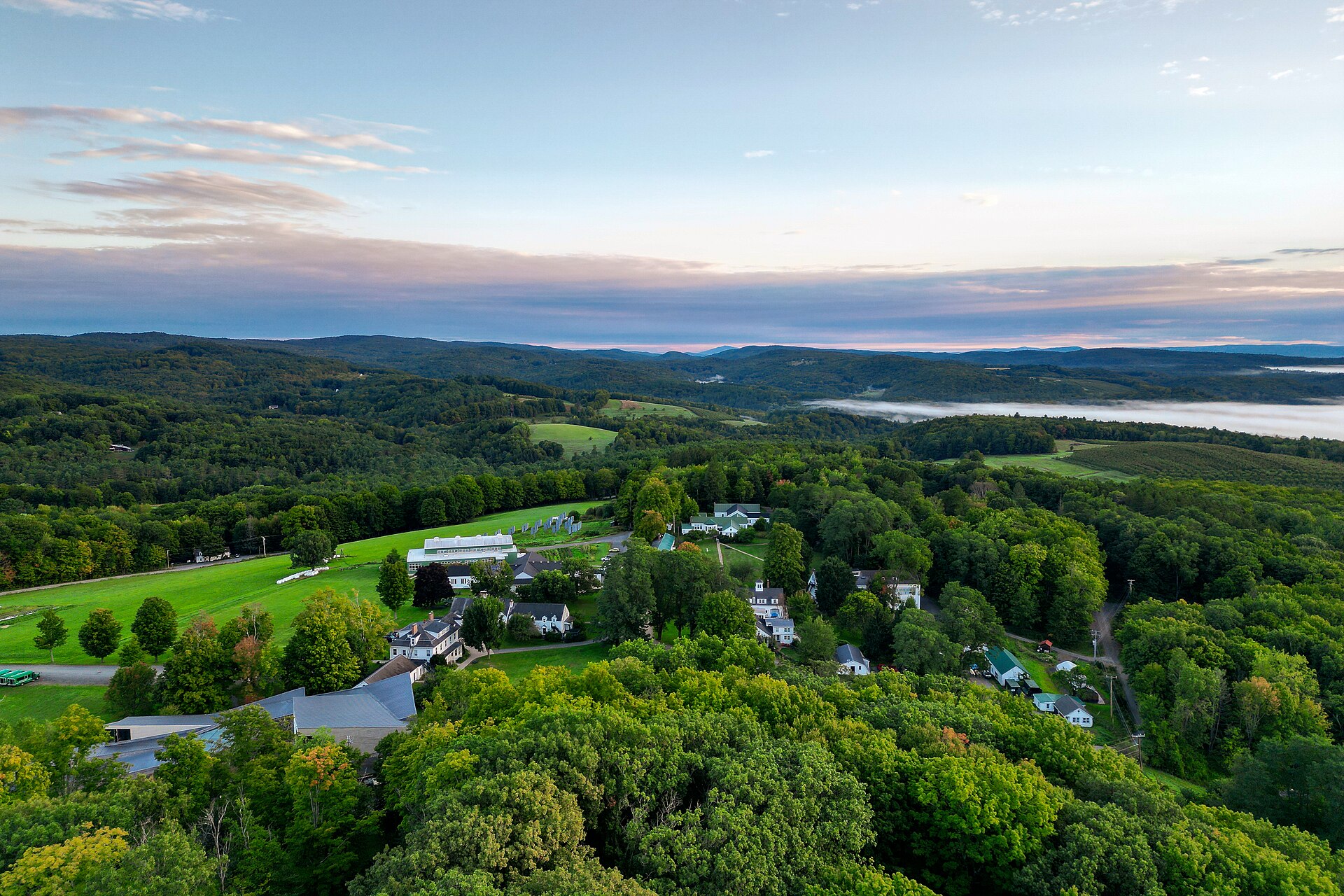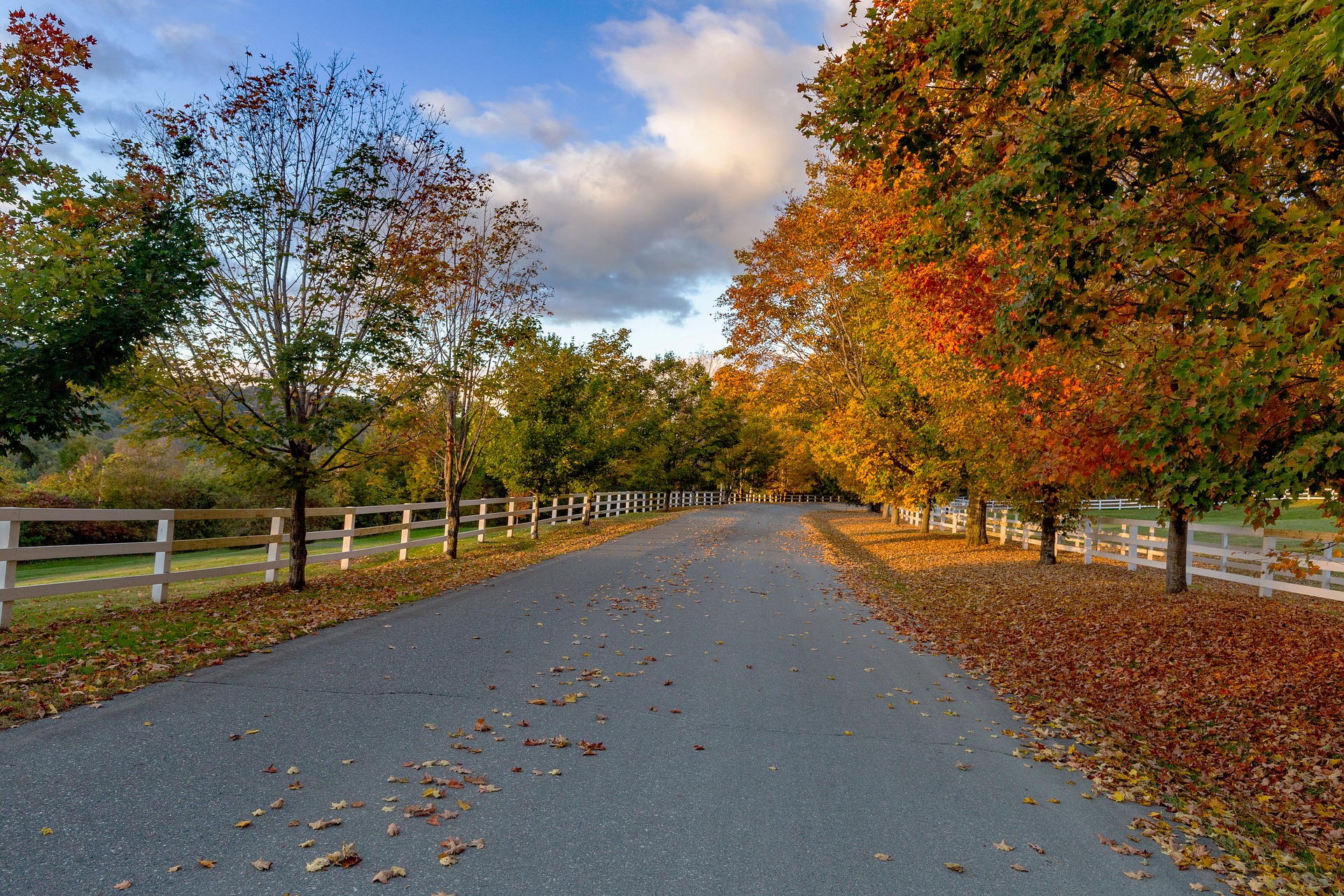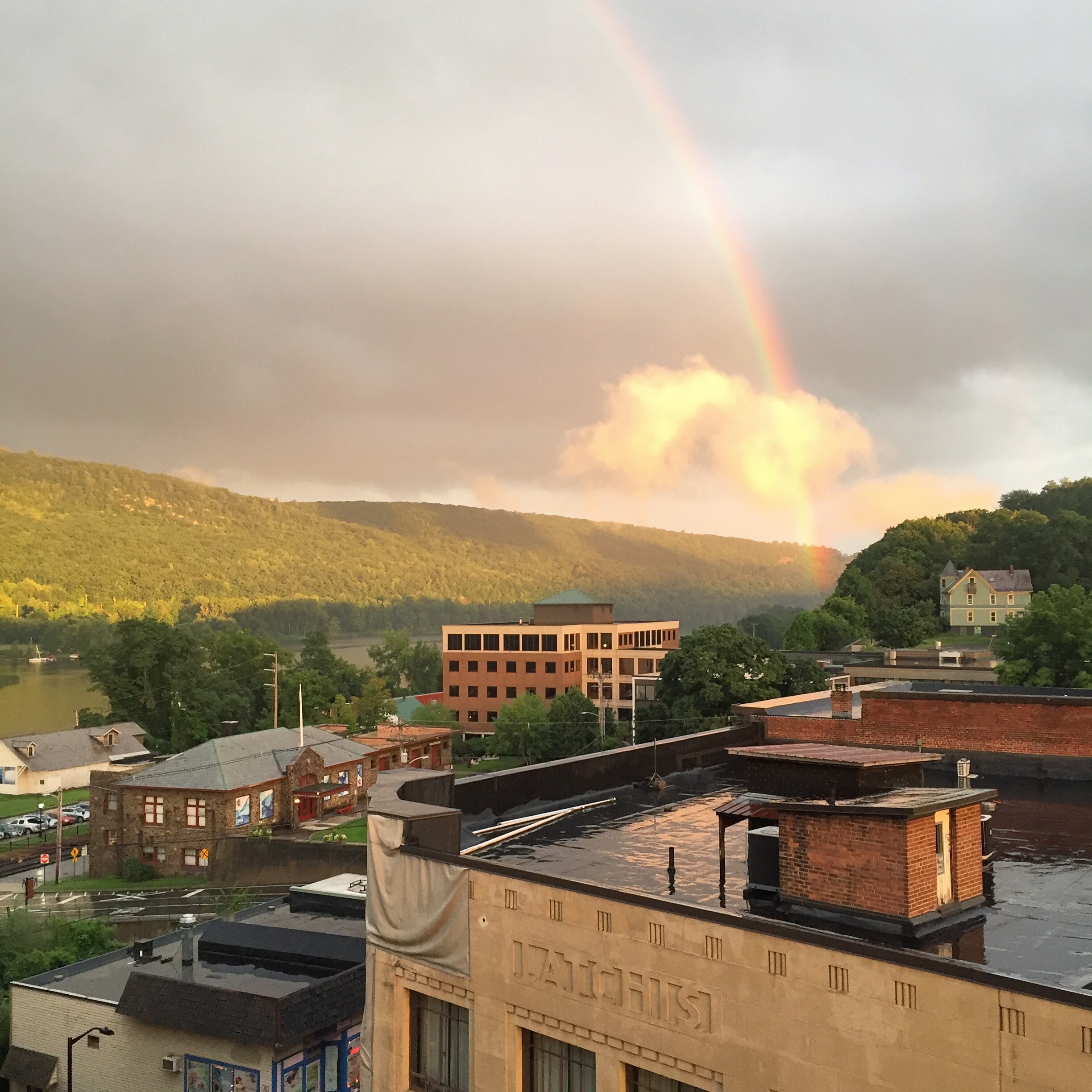
Brattleboro
Brattleboro:
Vermont’s Vibrant Cultural Hub
Nestled in the southeastern corner of Vermont, Brattleboro offers a unique blend of natural beauty, cultural richness, and economic vitality.
What truly sets Brattleboro apart is its sense of community. Our charming town of 12,000 residents strikes the perfect balance of small-town warmth and big-city amenities, making it an ideal destination for visitors, potential residents, and locals alike.
Meet Our Featured Members
Learn more about the thriving businesses that call Brattleboro, Vermont, home.
As the economic hub of Southeastern Vermont, Brattleboro boasts a diverse business community spanning manufacturing, healthcare, education, technology, and the arts. From small family-owned enterprises to larger institutions, our Chamber members represent the entrepreneurial spirit that drives our local economy.
Discover more Brattleboro businesses
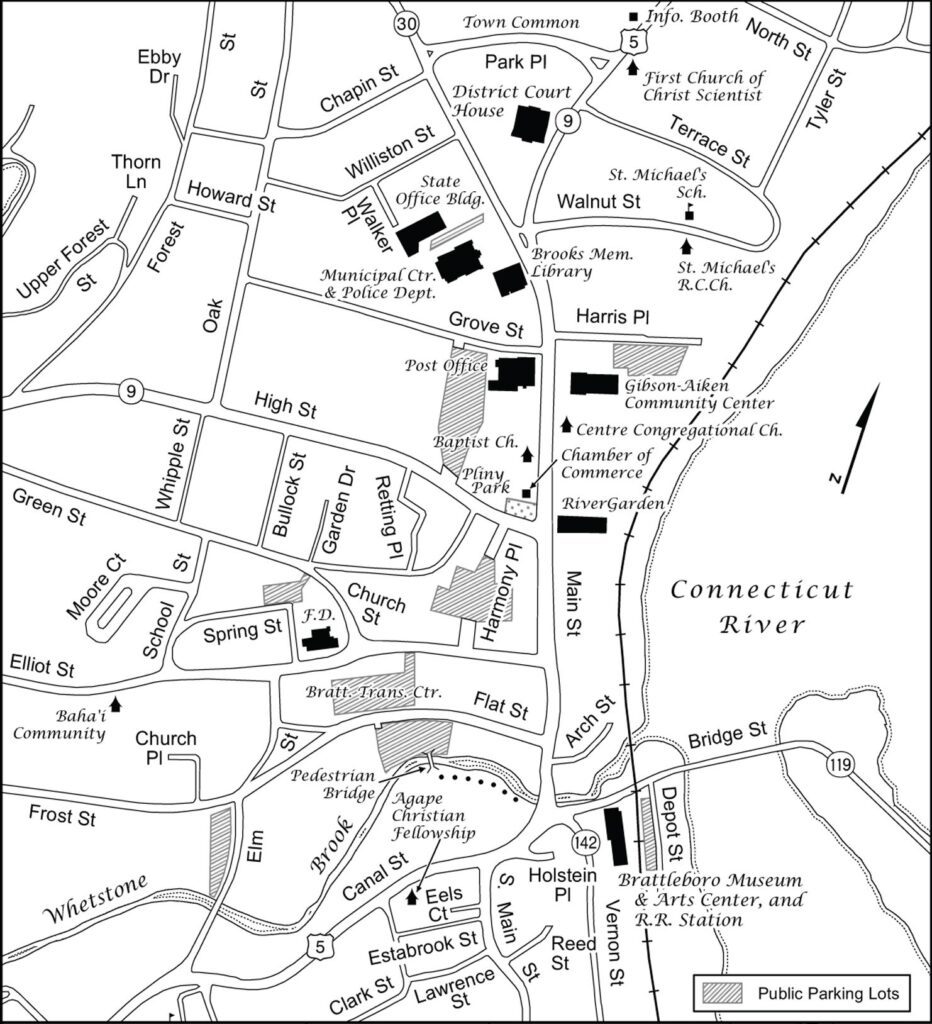
Easy to Visit, Easier to Love
Located just minutes from Interstate 91 and serviced by Amtrak’s Vermonter line, Brattleboro is easily accessible from major metropolitan areas such as New York, Boston, and Hartford. This convenient location allows businesses to operate with the benefits of Vermont’s quality of life while maintaining connections to larger markets.
Whether you’re here for a weekend getaway, considering relocation, or already call this special place home, Brattleboro welcomes you to experience the best of Vermont in one vibrant community.
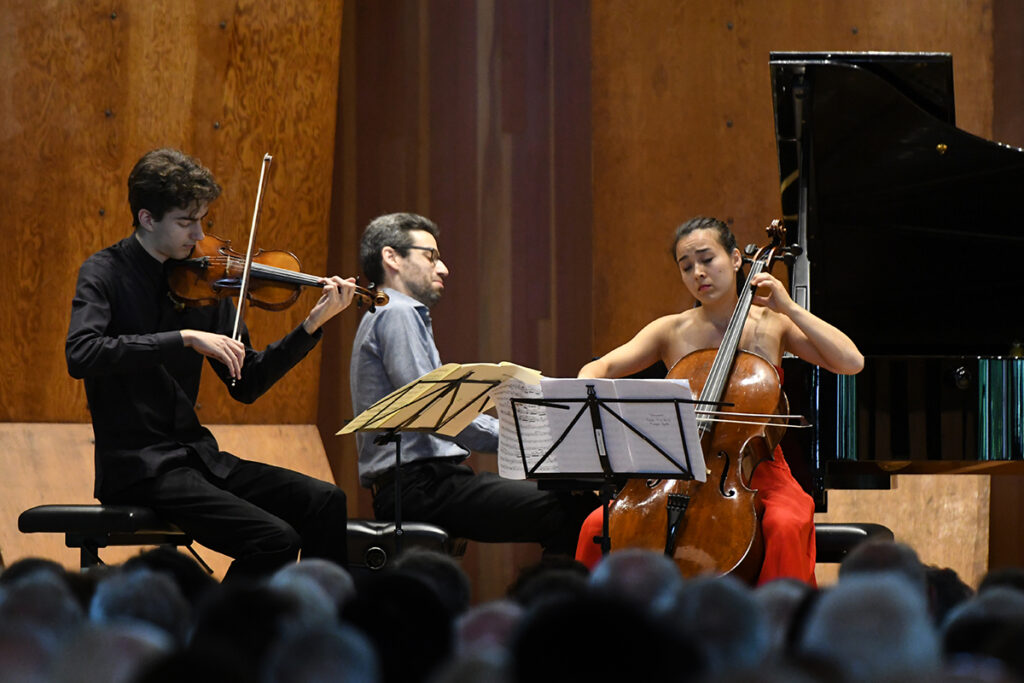
Arts & Culture Abound
Despite its modest size, Brattleboro hosts over 1,000 arts and cultural events annually. Within our historic buildings, you’ll find countless galleries, theaters, and performance spaces where creatives and artists are innovating and transforming our community with one-of-a-kind works of art.
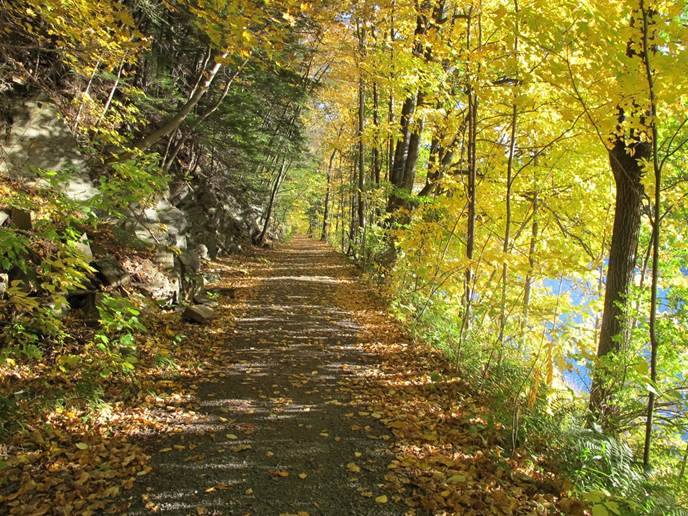
A Four Season Destination
Winter, spring, summer, and fall—Brattleboro transforms with each season. Our forests and trails provide endless opportunities for outdoor enthusiasts, from hiking and mountain biking in the warmer months to cross-country skiing and snowshoeing when the snow blankets our landscape. The surrounding hills and mountains offer breathtaking views of the Connecticut River Valley, especially during our renowned fall foliage season when the hillsides burst into brilliant shades of red, orange, and gold.
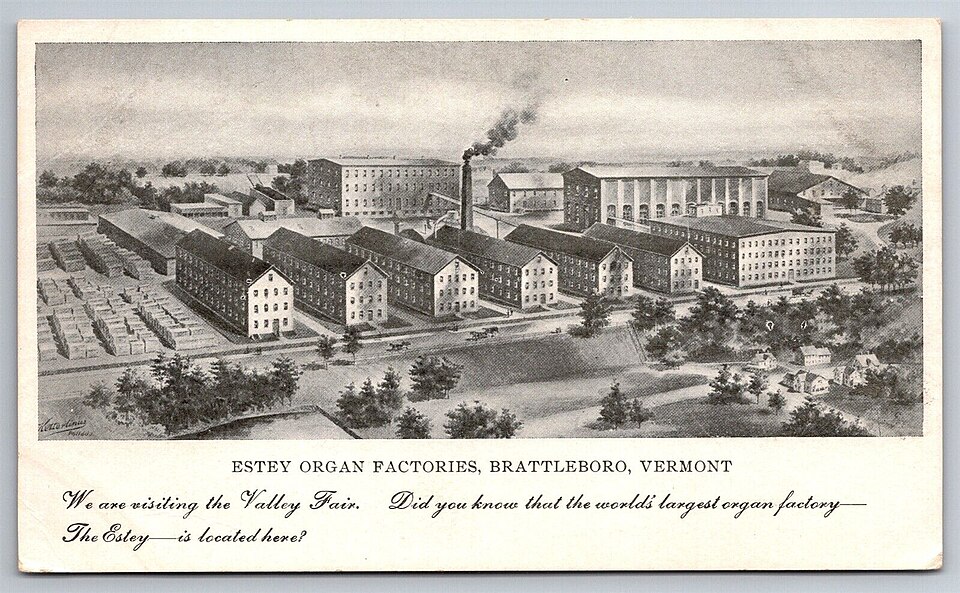
Historic Charm
Downtown Brattleboro, listed on the National Register of Historic Places, showcases approximately 170 years of architectural history. From the Wells Fountain at the north end to Union Station at the south, the area features well-preserved 19th and 20th-century buildings that create a distinctive sense of place and connect visitors to our rich heritage.
Keep exploring…
Summer Camps for Kids Near Brattleboro
Summer Camps Near Brattleboro, Vermont: A Parent’s Guide to Summer Fun and Adventure Brattleboro and its surrounding areas offer an […]
Learn MoreAnnual Events In The Brattleboro Area
Throughout the year, towns across Windham County come alive with celebrations that showcase everything from our agricultural roots to our […]
Learn MoreIndoor Activities for a Rainy or Snowy Day
Indoor Activities for a Rainy or Snowy Day When Vermont’s weather turns stormy, families in Windham County don’t have to […]
Learn More



